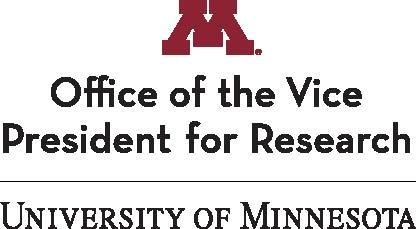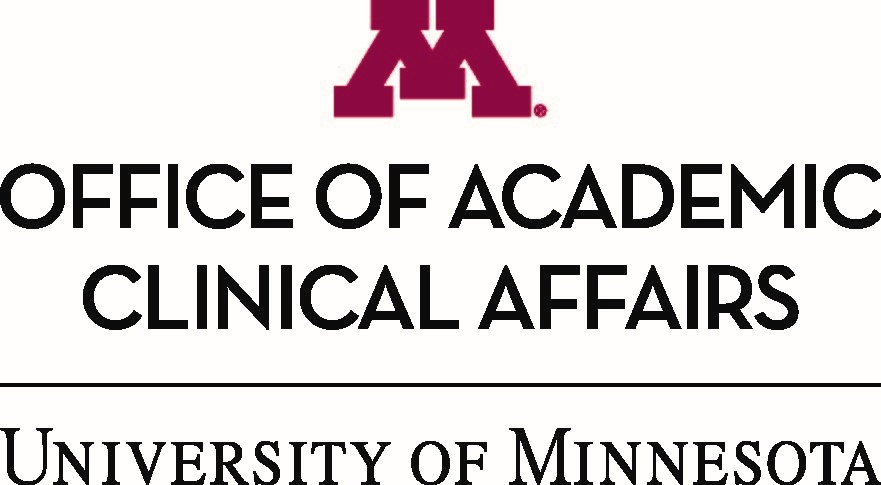Antibody combo lowers hospitalizations in high-risk COVID-19 patients
High-risk adults with mild to moderate COVID-19 who receive a dose of casirivimab and imdevimab have lower hospitalization rates than those who don't, according to a randomized, controlled trial today in The Lancet's EClinicalMedicine. The casirivimab and imdevimab combination is under emergency use authorization by the US Food and Drug Administration.
Mayo Clinic researchers paired 696 intervention patients with 696 control patients from Arizona, Florida, Minnesota, and Wisconsin from Dec 4, 2020, to Apr 9, 2021. All were at high risk: 45.5% were 65 or older, and common underlying conditions included high blood pressure (52.4%), body mass index (BMI) of 35 kg/m2 or higher (31.0%), diabetes (24.6%), chronic lung disease (22.1%), and chronic renal disease (11.4%). The antibody-treated cohort was mostly white (92.7%), female (51.4%), and had a median age of 63 years.
During follow-up at 14, 21, and 28 days post-treatment, the intervention group had significantly lower hospitalization rates across all time points (1.3% vs 3.3%, 1.3% vs 4.2%, and 1.6% vs 4.8%, respectively). While the absolute risk was only 3.2 percentage points at most, a Mayo Clinic press release points out this is a 60% to 70% relative reduction.
In both groups, intensive care unit (ICU) admission and mortality rates were similarly low, the researchers write. ICU admission peaked at 0.75% in the treatment group and 1.0% in the control group, and mortality was 0.15% in the treatment group versus 0.59% in the control group. Five patients died from any cause (one in the treatment group), and only seven patients in the treatment group had adverse events (fever, 4; shortness of breath, 2; nausea, 2; and chest pain, headache, or flushing, 1).
"Once again, this real-world study suggests that when patients who are at high risk due to a range of comorbidities contract a mild or moderate case of COVID-19, this combination of monoclonal injections gives them a chance of a nonhospitalized recovery," says senior author Raymund Razonable, MD.
Aug 30 EClinicalMedicine study
Aug 30 Mayo Clinic press release
COVID secondary attack rate has increased, meta-analysis suggests
In an updated review looking at the COVID-19 secondary attack rate (SAR) among household contacts, data showed an 18.9% SAR. The study, which was published late last week in JAMA Network Open, also suggested that the SAR grew from 13.4% to 31.1% from January 2020 to March 2021.
The researchers had previously looked at 54 studies published before Oct 19, 2020, which suggested a SAR of 16.6% (95% confidence interval [CI], 14.0% to 19.3%). With this study, they took 50 of those (four were excluded for overlapping populations) and added 37 studies from Oct 20, 2020, to Jun 17, 2021. The updated SAR came out to be 18.9% (95% CI, 16.2% to 22.0%).
The studies covered 1,249,163 household contacts from 30 countries, and the researchers found that adults had a higher SAR than kids (29.9% vs 17.5%), spouses had the highest SAR among household contacts (39.8% vs 18.3%), and those with comorbidities had a higher SAR than healthy contacts (50.0% vs 22.0%).
Symptomatic index patients appeared to generate higher SARs than asymptomatic or presymptomatic index patients (20.2% vs 3.0% and 8.1%, respectively), but the researchers note that many studies combined presymptomatic and symptomatic patients. In addition, most studies noted that asymptomatic index or secondary cases may have been missed.
Over the review period, the SAR appeared to increase from 13.4% (28 studies, January to February 2020) to 31.1% (15 studies, July 2020 to March 2021). B117, the most studied variant of concern in this research collection, also showed a higher SAR than with other COVID-19 lineages, with an aggregated SAR of 24.5%.
"More transmissible variants may be associated with further changes," the researchers write, although they note that time-trend biases may have affected their results. "Recent data suggest that 1 dose of a COVID-19 vaccine may be associated with reductions in the risk of household transmission by up to 50%, potentially supporting the case for universal vaccination and offering a path forward to protect household contacts."
Aug 27 JAMA Netw Open study
Children gained excess weight during pandemic, study finds
Children ages 5 to 17 years, especially those younger than 12, gained excess weight during the pandemic, according to a research letter late last week in JAMA.
The researchers looked at 191,509 healthy children in southern California's Kaiser Permanente health system and grouped them into three age-groups: 5 to 11, 12 to 15, and 16 to 17 years. The median age was 11.6 years, and the cohort consisted of 50.4% Hispanic children, 25.3% White children, 10.4% Asian or Pacific Islander children, and 7.0% Black children. Almost half (49.6%) were girls.
By comparing data from Mar 1, 2019, to Jan 31, 2021, the researchers found that the proportion of overweight or obese 5- to 11-year-olds increased from 36.2% to 45.7% (9.5 percentage points), while it varied only 5.2 percentage points and 3.1 percentage points in those 12 to 15 and 16 to 17, respectively. From the youngest to oldest age-groups, BMI increases were 1.57, 0.91, and 0.48.
"As children go back to school it will be important to focus on health and physical activity to help children not carry unwanted extra weight into adulthood," said senior author Corinna Koebnick, PhD, in a Kaiser Permanente press release.
Aug 27 JAMA study
Aug 27 Kaiser Permanente press release
Chronic wasting disease detected in Duval County, Texas
For the first time chronic wasting disease (CWD), a deadly prion disease affecting cervids like deer, elk, and moose, was detected in Duval County, Texas. The disease was found during routine surveillance of animal tissues at a deer-breeding facility.
Duval County is in the southern part of the state, between Loredo and Corpus Christi. The Texas A&M Veterinary Medical Diagnostic Laboratory in College Station detected CWD in a sample on Aug 18, which was confirmed on Aug 25 at the National Veterinary Services Laboratory in Ames, Iowa, according to the Texas Animal Health Commission (TAHC).
Officials said the detection will lead to immediate, additional investigations at the facility and surrounding areas.
"Early detection and containment remain critical strategies in our efforts to help mitigate the risk of further spread of this disease," said Carter Smith, MS, executive director of the Texas Parks and Wildlife Department, in a TAHC news release. "There is too much at stake across Texas to do otherwise."
According to the TAHC, CWD was first discovered in Texas in 2012 in free-ranging mule deer along a remote area of the Hueco Mountains in western Texas. It has since been detected in 260 captive or free-ranging cervids, including white-tailed deer, mule deer, red deer, and elk in 14 Texas counties.
Aug 27 TAHC press release
MERS-CoV infects 1 more person in Saudi Arabia
Saudi Arabia reported another MERS-CoV case, which involves a man from the city of Riyadh who had contact with camels, according to a statement from the Saudi Ministry of Health (MOH).
The man, age 69, isn't a health worker, and investigators don't think he was exposed to another sick patient. Saudi Arabia's most recent two cases, both reported in July, also involved people from Riyadh who had contact with camels.
In an Aug 17 update on MERS-CoV (Middle East respiratory syndrome coronavirus) in Saudi Arabia, the World Health Organization (WHO) said since 2012 it has received reports of 2,578 lab-confirmed MERS-CoV cases, along with 888 related deaths. Of those, 2,178 cases (84.5%) and 810 deaths were in Saudi Arabia.
Aug 26 Saudi MOH statement
Aug 17 WHO update














